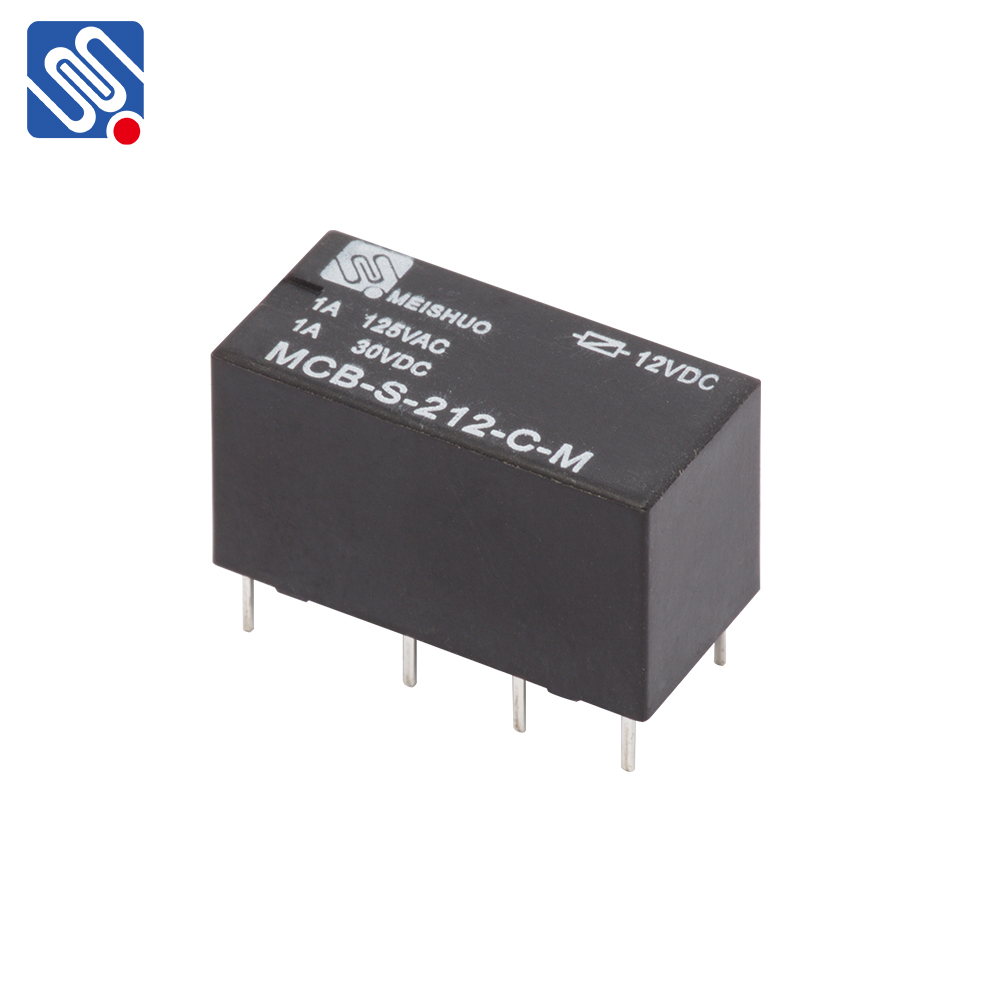understanding relay signals and the role of meishuo
Release time:2025-05-10 16:57:14
Relay signals are fundamental components in many communication systems, acting as crucial intermediaries in relaying information across networks. From telecommunications to automation, the effectiveness of relay systems can significantly influence the performance and reliability of systems. In this article, we will delve into what relay signals are, how they work, and highlight the role of Meishuo in enhancing relay signal technology.

What Are Relay Signals?
Relay signals are signals that are transmitted through intermediate devices, typically called relays, which help extend the reach of a signal across longer distances or to areas where direct transmission might be hindered. These relays can amplify, convert, or redirect the signals from the source to the intended destination. In essence, relay signals allow information to travel over vast distances, enhancing communication and automation processes.
For instance, in telecommunication networks, a relay station might receive a signal from one transmitter and then send it to another station far away, making long-distance communication possible. Similarly, in electrical systems, relays ensure that signals controlling devices like motors, lights, or alarms reach their destination without distortion or loss.

